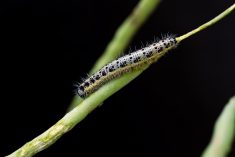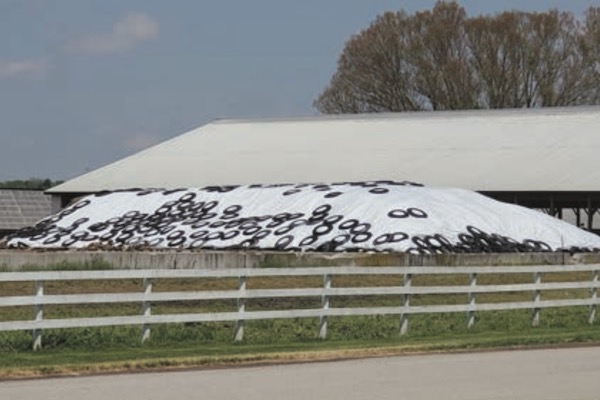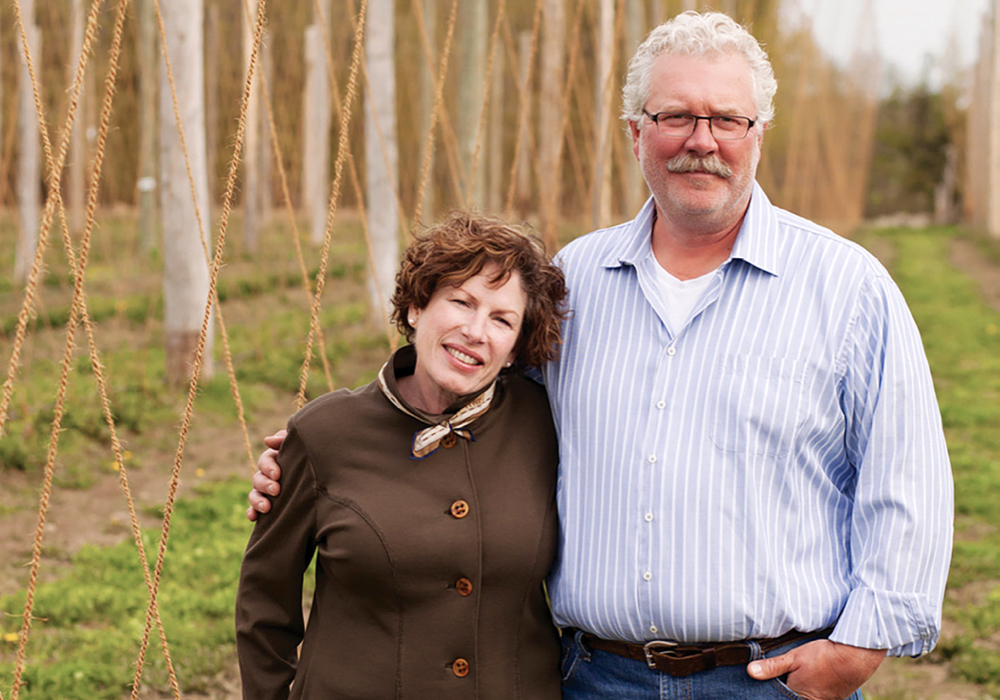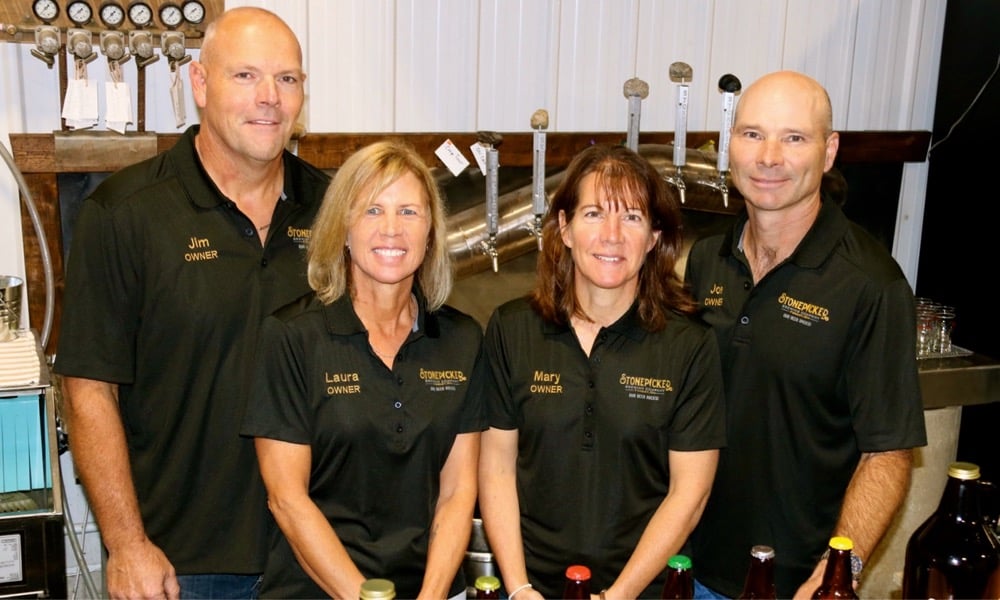Ontario produces a wide range of crops but that range could be even greater if farmers had access to more production information and markets.
Evan Elford, new crop development specialist with the Ontario Ministry of Agriculture, Food and Rural Affairs (OMAFRA), considers market identification the top challenge for specialty crops, whether they are new or being re-established.
Even when markets are identified, it can be tough to find the right opportunity within that market. Where the product will go, its quality, processing requirements, and whether people are ready for it are among the hurdles.
Read Also
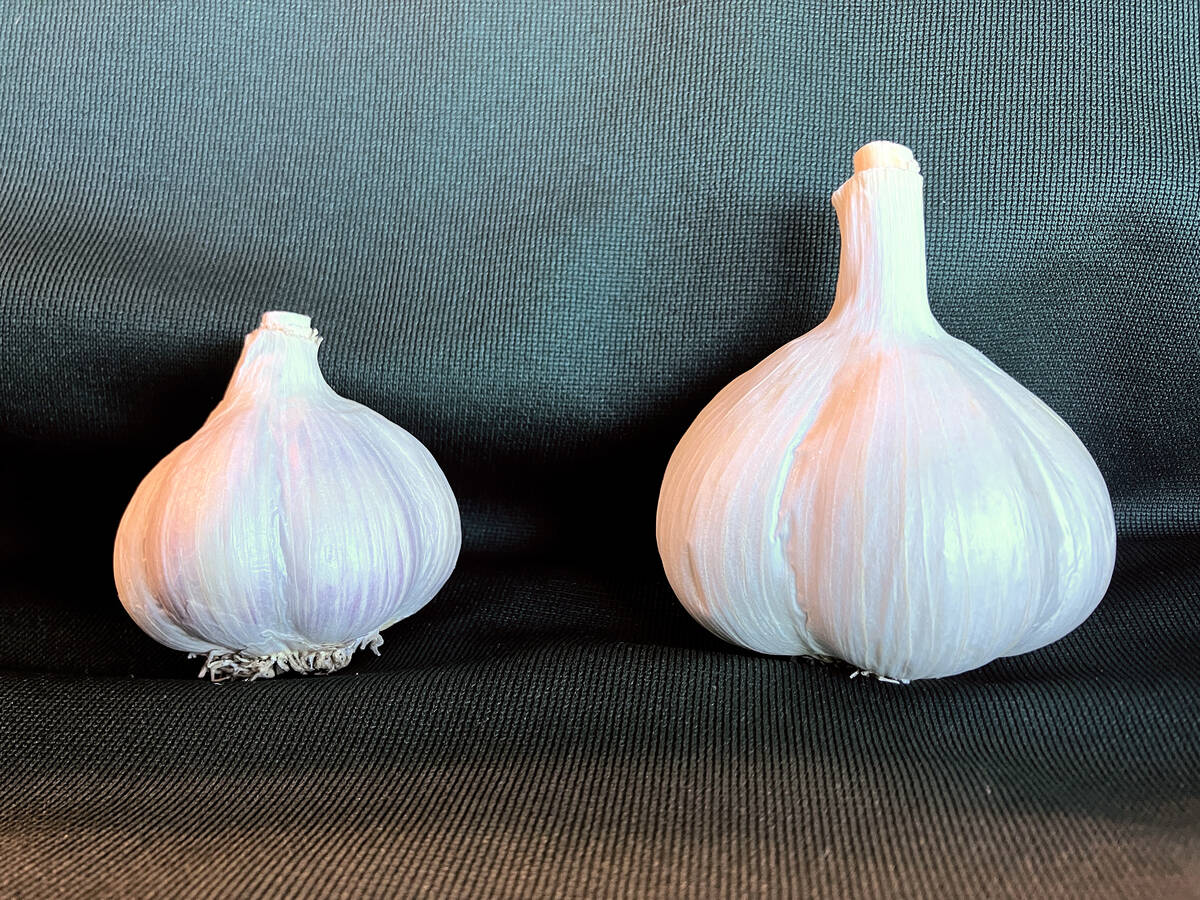
Clean seed garlic promises bigger bulbs and higher returns for growers
Ontario garlic trials show clean seed outshines conventional yields, with stronger drought resilience, reduced virus risk and greater economic outcomes.
Why it matters: Improvements in production data, processing and aggregation capacity are required to make a solid business case for many specialty crops.
“Historically we’ve been able to look at many different [crops], but the timing isn’t right for the market,” says Elford. “A lot of speciality crop growers are the ones that have to do the market development themselves. It’s another thing, and something which may not be part of their expertise.”
Lack of rigorous research data can be a problem as well, which is difficult to remedy in the face of limited resources. This includes financial data, as well as agronomic information on pest pressures when a crop is produced at scale. Without proof of what should work, growers hesitate to invest.
“Many of our specialty crops have limited or no registered control options, especially herbicides,” says Elford, adding access to germplasm and good commercial varieties can be barriers.
“Getting good commercial yields can sometimes be a challenge when we’re using older genetics and germplasm.”
Hazelnuts
Hazelnuts are a successful specialty crop, though not by comparison to more mainstay crops.
Jenny Liu, tree nut and agroforestry specialist with OMAFRA, says census data from 2021 indicates there are about 80 farms producing hazelnuts on a collective 320 acres.
She describes hazelnuts as “very much a hobby industry still,” with the average-sized orchard at 10 acres or less. Most producers sell directly to the public, in part because the infrastructure and interest from food processors, including Brampton’s Ferrero plant, is weak.
“This is a market in development. We anticipate there will be a bigger market,” says Liu. She notes there are diverse markets for hazelnuts, spanning confectionery uses, nut butter and whole pack.
“A lot of the interest started around Ferrero building a plant in Brampton. But the nuts a lot of processors like to use are very nice spherical nuts with thin shells, which is characteristic of European varieties. We have native varieties but they are weirdly shaped and thicker skinned.”
Importing European varieties was tried, but a fungus called Eastern Filbert Blight caused havoc. Hazelnut varieties resistant to the blight have been developed in other regions of North America, but proved less effective in Ontario at evading the disease and withstanding harsher winters.
“From 2006 until now, researchers up and down the east coast [of North America] have been trying to identify a hazelnut that will fit processor requirements as well as be eastern blight resistant, and withstand Ontario relatively harsh winter conditions,” says Liu.
Cultivar trials specific to Ontario are underway. Larger scale commercialization will depend on overcoming other growing pains, including a lack of aggregation capacity.
“Food companies don’t want to make agreements with individual farmers… We don’t even have fertilizer recommendations for Ontario hazelnuts. We’ve been using what’s available in different jurisdictions, but our soil and growing conditions are different.”
Hops
Hops have re-emerged in Ontario as a result of the local food and craft beer boom, plus a major shortfall in production from large international suppliers in the mid-2000s. The last decade in particular featured significant expansion of hops acreage, with approximately 65 growers across the province.
The peak for Ontario-grown hops occurred in 2018 and 2019, says Elford. Since then, a resurgence in international production and proprietary varieties has reduced local demand. Many craft breweries buy their hops through brokers, which adds another layer of complexity to marketing smaller scale, Ontario-grown hops.
“The novelty of locally grown hops has worn off now. I think all of those things are combining to have the market change from what it has the last 10-12 years,” he says, noting that small breweries were “getting pinched” when the supply of hops was reduced years ago.
Regardless, Elford says the industry has made strides.
“There has been a dramatic increase in hop quality and yield in Ontario. It’s meant craft [beer producers] can be supplied year-round.”
Sesame
OMAFRA, the University of Guelph, and partnering farmers are conducting large-scale research trials for sesame, a multi-purpose oilseed crop uncommon in Ontario.

Elford is involved with the project, and says three “improved varieties are being tested in partnership with a Toronto-based company interested in fostering local supply. Like hazelnuts, though, a lot of agronomic data needs to be collected.
“We’re looking at nitrogen rates, [planting] density, overall yield…We need baseline agronomic data and other information, like herbicide trials, which hopefully might lend themselves to product registration in the future,” Elford says.
“We’re also starting to use sesame as cover crop or green manure. There could be benefits there as well.”
Optimism remains
Soybeans were introduced to Canada in the mid-19th century, but at-scale commercial production did not occur until decades later.
The now-staple Ontario oilseed only saw success through concerted efforts by plant breeders in the 20th century.
Despite the challenges facing specialty crops, Elford and Liu are optimistic that efforts directed toward plant breeding, market development and agronomic research can foster new agricultural industries.
“It’s a bit of the ‘chicken or the egg’ thing,” says Liu. “I’m still optimistic. Like anything, there just needs to be planning and research.”






